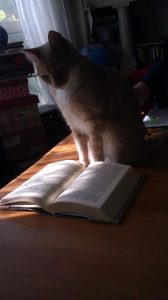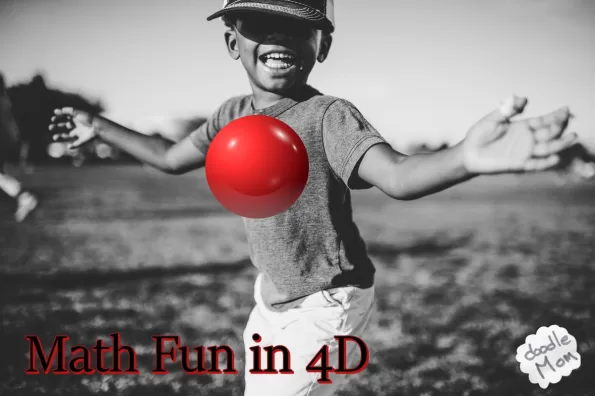 History really is a compilation of stories from various people’s perspectives. Dates and locations and other facts are thrown in, but the truly memorable part of history is the story. What happened and why? How did individuals feel at the time? These are the parts you remember. And these are the parts of history that help guide our future. The date of the Boston Tea Party, while emblazoned in my mind forever by an elementary school teacher, does absolutely nothing to aid my understanding of current events. But what caused people to rebel against their king and how individuals felt, the demons they struggled with, and the eventual changes they made to the society in which they lived, are all critical for me to know and understand if I am to learn from our past.
History really is a compilation of stories from various people’s perspectives. Dates and locations and other facts are thrown in, but the truly memorable part of history is the story. What happened and why? How did individuals feel at the time? These are the parts you remember. And these are the parts of history that help guide our future. The date of the Boston Tea Party, while emblazoned in my mind forever by an elementary school teacher, does absolutely nothing to aid my understanding of current events. But what caused people to rebel against their king and how individuals felt, the demons they struggled with, and the eventual changes they made to the society in which they lived, are all critical for me to know and understand if I am to learn from our past.
History curricula needs to reflect those stories and motivations of the individuals who were there at the time. When teaching history, especially to younger children there is much to a given historical event that is beyond comprehension, or too cruel or heartbreaking to expose. So how to teach history in an engaging manner at a time when young minds are particularly open to learning new stories? Susan Wise Bauer has an excellent set of books for younger children: Story of the World series.
But more compelling are a set of books written by British author Terry Deary for children as young as 8 or 9. These books, the Horrible Histories series, provide positively compelling stories of the history of western civilization. They are written with wonderful wit, but also with a bit of violence (so if you are uncertain, you should look at one before you give it to your child and do not confuse them with the American series which are tame in comparison but badly written and frankly boring). It is precisely the “bloody bits” combined with humor that makes the facts and ideas stick in a child’s mind. And when your kids aren’t looking, you can borrow their books as they make a really fun read for adults too.




